In the modest seaside town of Burntisland in Fife in the early 1780s lived a girl who would become the pre-eminent thinker in science and mathematics of her day, known and feted throughout Europe. Eventually a school, an Oxford College, an island, even a crater on the moon would all be named for her. But first Mary Somerville had to negotiate her way through a society that did not expect her to be educated at all never mind become a brilliant scholar, playing the fey socialite in public while hungrily seeking scientific knowledge in private. Somerville, or Fairfax as she was born, was forbidden to study as a child partly because intense learning was thought to have contributed to the death of her sister at just 10. Very sadly, Somerville was later to fear that the academic encouragement she gave her own beloved daughter had been at fault when the little girl died at a similar age.
Her first husband was Samuel Greig, son of the famous Admiral Greig of Inverkeithing who founded the Russian navy. Greig did little to encourage Somerville’s ambitions but her second, Dr William Somervillle, to his credit, gave her his full support. The couple went on to have four children and Mary was to map the stars with her influential books the Mechanism of the Heavens and Physcial Geography. There is a great story about the time she made the acquaintance of the renowned French scholar Pierre-Simon Laplace. He told her, “There have been only three women who have understood me. These are yourself, Mrs Somerville, Caroline Herschel and a Mrs Greig” – of course, Mary Somerville was two of these three!
In 1835, Mary Somerville and Caroline Herschel became the first women members of the Royal Astronomical Society. Somerville spent much of the rest of her life in Naples, Italy, dying in 1872 at the age of 91. She had not long before signed John Stuart Mill’s petition for female suffrage. One of Somerville’s literary friends, Joanna Baillie, described her as ‘ one who has done more to remove the light estimation in which the capacity of women is too often held than all that has been accomplished by the whole Sisterhood of Poetical Damsels & novel-writing Authors.’
Mary Somerville was also an accomplished artist as this self portrait, owned by Somerville College, University of Oxford, shows.

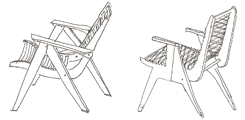
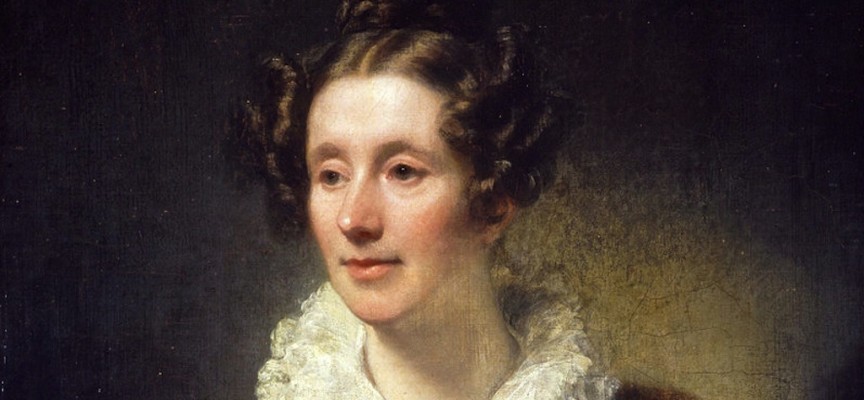
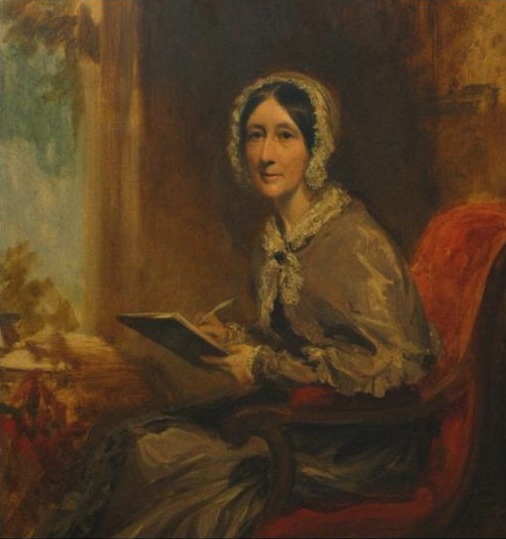

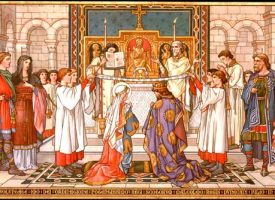

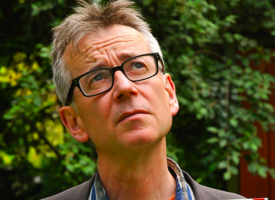
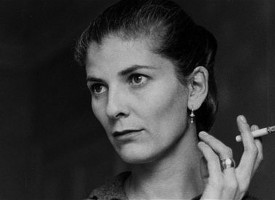

No comments!
There are no comments yet, but you can be first to comment this article.